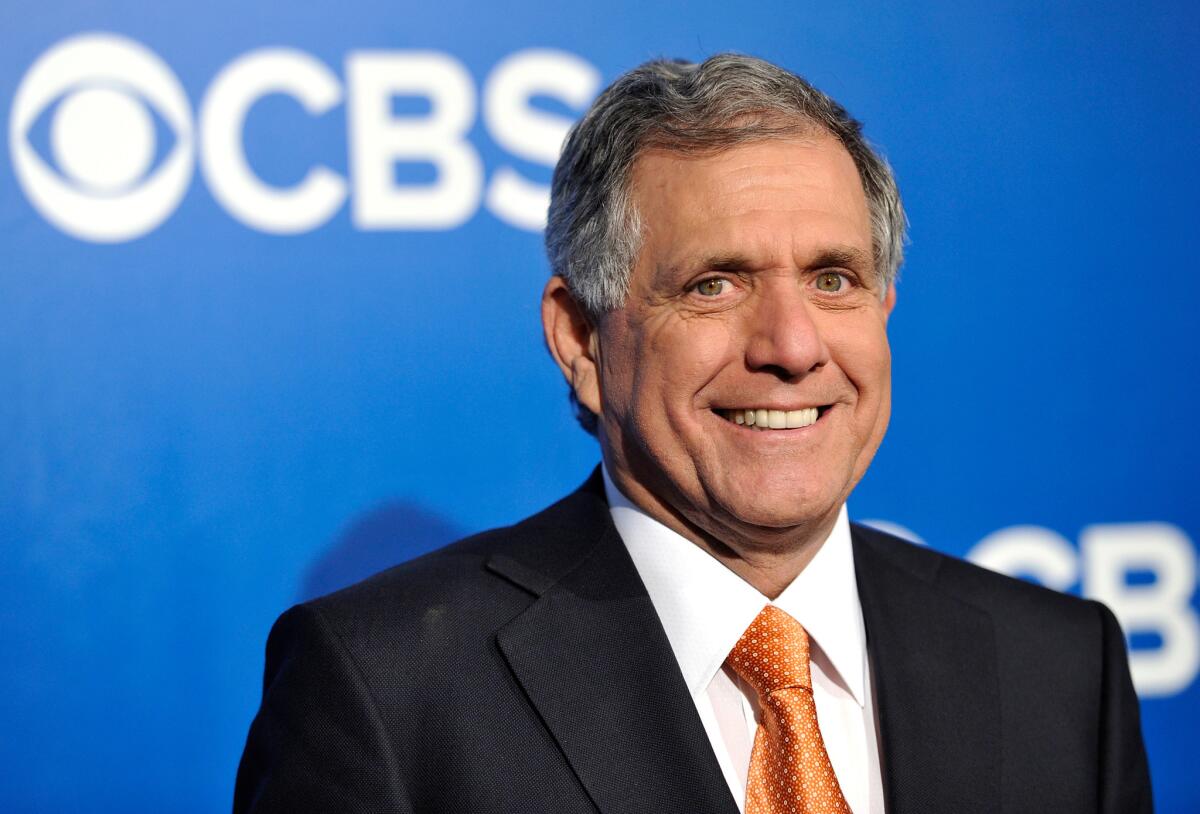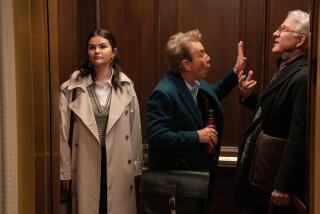CBS chief lobbies to extend ad payment window for delayed viewing

The state of the broadcast TV business is strong.
That was the assessment of Leslie Moonves, the bullish chief executive of broadcasting giant CBS Corp. Broadcast networks, Moonves told Wall Street analysts Wednesday, have displayed renewed strength this fall after last season’s bitter ratings disappointments.
Several new prime-time shows have clicked with audiences. And, Moonves said, advertisers increasingly seem willing to modify the current system for calculating ad rates, which could generate increased revenue for the TV networks.
“Broadcast TV is being viewed as healthy as it has been in many many years,” Moonves said during CBS’ third-quarter earnings conference call Wednesday. “And that’s because we are finally getting credit for all of the online viewing, the video-on-demand viewing and delayed viewing out there.”
ON LOCATION: Where the cameras roll
Several years ago, network executives and advertisers negotiated a system in which advertisers agreed to pay for viewers who watched a show in real-time as well as for viewers who digitally recorded a show and watched it within three days of its initial telecast.
The system was dubbed “C-3” ratings.
But as it turns out, viewers watch recorded shows long after an initial broadcast, prompting the networks to conclude that they have been leaving money on the table.
During the last two years, network executives have been lobbying to be paid for viewers who watch a show within a seven-day window.
PHOTOS: Behind the scenes of movies and TV
“Take a show like “Hostages,” which is considered performing on a mediocre basis,” Moonves said.
About 8 million viewers watched “Hostages” on CBS on the night it premiered, Moonves said. “But when you look at the 30-day number, it’s over 16 million -- and so it has more than doubled.”
Moonves said CBS already has negotiated a few deals to receive compensation when viewers watch a show within seven days.
“More and more of these deals will be done that way,” he predicted. “The number [of viewers] between C-3 and C-7 is substantial and should not be left behind.”
Moonves then saluted CBS’ top researcher, David Poltrack, who has been making a case for years that digital video recorders could actually help the big networks by boosting the size of their audiences. Poltrack has maintained that people who record shows often watch the commercials, and thus, provide value to advertisers.
“The Poltrack view of the world is coming true,” Moonves said.
ALSO:
CBS profit jumps 26% with strong ad sales, higher license fees
21st Century Fox first quarter income falls despite higher revenue
Nikki Finke goes solo; but battle with Jay Penske may not be over
Follow Meg James on Twitter: MegJamesLAT
More to Read
From the Oscars to the Emmys.
Get the Envelope newsletter for exclusive awards season coverage, behind-the-scenes stories from the Envelope podcast and columnist Glenn Whipp’s must-read analysis.
You may occasionally receive promotional content from the Los Angeles Times.











